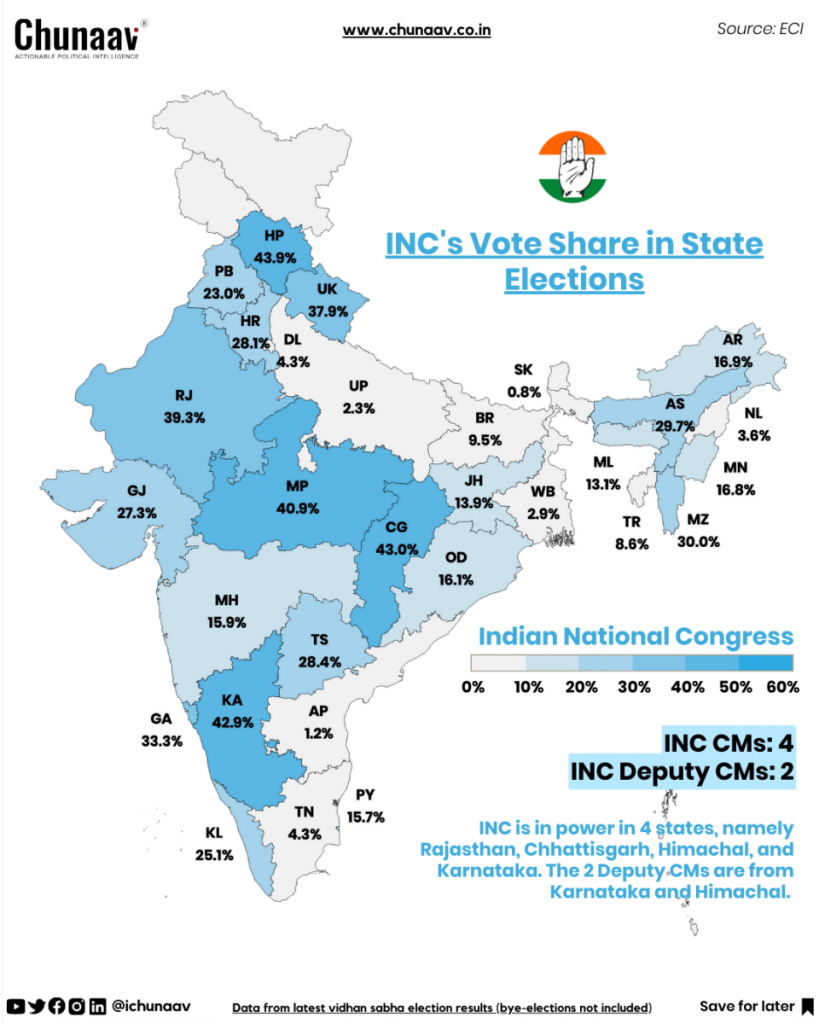U.S. Electric Motor Innovation: A Path To Global Supply Chain Diversification

Table of Contents
1. The Current State of the Global Electric Motor Market and U.S. Dependence
1.1 Global Market Overview: The global electric motor market is a massive and rapidly expanding sector, fueled by the growth of electric vehicles, renewable energy technologies, and industrial automation. China currently holds a dominant position in the global market, controlling a significant portion of the manufacturing and supply chains for various electric motor components, including rare-earth magnets. This concentration presents significant challenges for global supply chain stability.
1.2 U.S. Market Share and Vulnerabilities: The U.S. currently holds a smaller market share compared to global leaders like China. Significant reliance on imports for various electric motor components and even complete motors exposes the U.S. to several critical vulnerabilities:
- Geopolitical Instability: Tensions with other nations can disrupt the supply of critical materials and components.
- Trade Wars and Tariffs: Trade disputes can significantly increase the cost of imported electric motors and components, impacting U.S. industries.
- Pandemics and Natural Disasters: Global events can disrupt manufacturing and logistics, leading to shortages.
Specific examples of imported components include rare-earth magnets from China and various power electronics from Asian countries. This dependence on foreign suppliers presents a significant risk to the U.S. economy and national security.
1.3 Economic Implications of Dependence: Over-reliance on foreign suppliers for electric motors has significant economic consequences. It can lead to:
- Job losses in the U.S. manufacturing sector.
- Increased costs for U.S. businesses relying on electric motors.
- Reduced competitiveness in global markets.
- National security concerns related to energy independence and critical infrastructure.
2. Technological Advancements Driving U.S. Electric Motor Innovation
2.1 Material Science Innovations: Significant advancements in material science are crucial for enhancing the performance and efficiency of electric motors. The U.S. is making strides in developing alternative materials to reduce reliance on rare-earth magnets, including:
- High-performance alloys: Offering improved strength, durability, and resistance to high temperatures.
- Advanced composites: Providing lightweight yet strong alternatives for motor housings and components.
These innovations are leading to more efficient, durable, and cost-effective electric motors.
2.2 Design and Manufacturing Processes: U.S. engineers and manufacturers are at the forefront of innovations in electric motor design and manufacturing:
- High-efficiency motors: Utilizing advanced designs and control systems to minimize energy loss.
- Additive manufacturing (3D printing): Enabling the creation of complex motor components with improved precision and reduced material waste.
- Automation and robotics: Increasing production efficiency and reducing labor costs.
Companies like Oak Ridge National Laboratory and various private sector companies are leading these advancements. Government initiatives like the Department of Energy's ARPA-E program are actively funding research and development in this area.
2.3 Software and Control Systems: Advanced software and control systems are critical for optimizing electric motor performance and efficiency. U.S. developers are pioneering:
- Advanced control algorithms: Enabling precise control of motor speed, torque, and efficiency.
- Predictive maintenance software: Using data analytics to anticipate potential failures and prevent downtime.
3. Strategies for Diversifying the Global Supply Chain through U.S. Electric Motor Innovation
3.1 Government Policies and Incentives: Government intervention is crucial to fostering U.S. electric motor manufacturing:
- Grants and tax breaks: Incentivizing companies to invest in domestic manufacturing facilities and research and development.
- Research funding: Supporting the development of new technologies and materials.
- Trade policies: Protecting domestic industries from unfair competition.
Examples include various programs within the Department of Energy and the Department of Defense.
3.2 Industry Collaboration and Partnerships: Strong collaboration between U.S. companies, research institutions, and government agencies is vital for accelerating innovation:
- Public-private partnerships: Leveraging the resources and expertise of both sectors to achieve shared goals.
- Technology transfer: Facilitating the dissemination of new technologies from research institutions to industry.
3.3 Investing in Domestic Manufacturing Capabilities: Significant investments are needed to build up U.S. manufacturing capabilities:
- Modernizing manufacturing facilities: Adopting advanced technologies and automation to increase efficiency and competitiveness.
- Developing a skilled workforce: Investing in education and training programs to equip workers with the necessary skills.
Several companies are already expanding domestic manufacturing capabilities, signaling a positive trend.
4. Conclusion:
The current dependence on foreign suppliers for electric motors presents a significant vulnerability for the U.S. economy and national security. However, remarkable advancements in U.S. electric motor innovation, coupled with strategic government policies and industry collaboration, offer a path towards a more diversified and resilient global supply chain. By investing in domestic manufacturing, promoting technological breakthroughs, and fostering public-private partnerships, the U.S. can strengthen its position in the electric motor market and secure its future in this critical technology sector. We urge readers to learn more about initiatives supporting U.S. electric motor innovation and advocate for policies that promote domestic manufacturing and technological advancement. For further information, explore resources from the Department of Energy and other relevant government agencies. Investing in U.S. electric motor innovation is an investment in a more secure and prosperous future.

Featured Posts
-
 Nhl Playoffs Analyzing The Tight Western Conference Wild Card Race
May 05, 2025
Nhl Playoffs Analyzing The Tight Western Conference Wild Card Race
May 05, 2025 -
 Bmw And Porsche In China Analyzing Market Share And Competitive Pressures
May 05, 2025
Bmw And Porsche In China Analyzing Market Share And Competitive Pressures
May 05, 2025 -
 Another Simple Favor Director Denies On Set Tension Between Stars
May 05, 2025
Another Simple Favor Director Denies On Set Tension Between Stars
May 05, 2025 -
 Predicting The 2025 Kentucky Derby Pace Speed Strategy And Winners
May 05, 2025
Predicting The 2025 Kentucky Derby Pace Speed Strategy And Winners
May 05, 2025 -
 Singapores General Election A Crucial Test For The Ruling Party
May 05, 2025
Singapores General Election A Crucial Test For The Ruling Party
May 05, 2025
Latest Posts
-
 Darjeeling Tea Industry A Look At Current Concerns
May 05, 2025
Darjeeling Tea Industry A Look At Current Concerns
May 05, 2025 -
 Unexpected Spring Snow 1 2 Inches Possible In Some Nyc Suburbs
May 05, 2025
Unexpected Spring Snow 1 2 Inches Possible In Some Nyc Suburbs
May 05, 2025 -
 Is Darjeeling Teas Production In Jeopardy
May 05, 2025
Is Darjeeling Teas Production In Jeopardy
May 05, 2025 -
 Anna Kendricks Three Word Answer About Blake Lively
May 05, 2025
Anna Kendricks Three Word Answer About Blake Lively
May 05, 2025 -
 Spring Snowfall Forecast 1 2 Inches For Parts Of Nyc Suburbs
May 05, 2025
Spring Snowfall Forecast 1 2 Inches For Parts Of Nyc Suburbs
May 05, 2025
